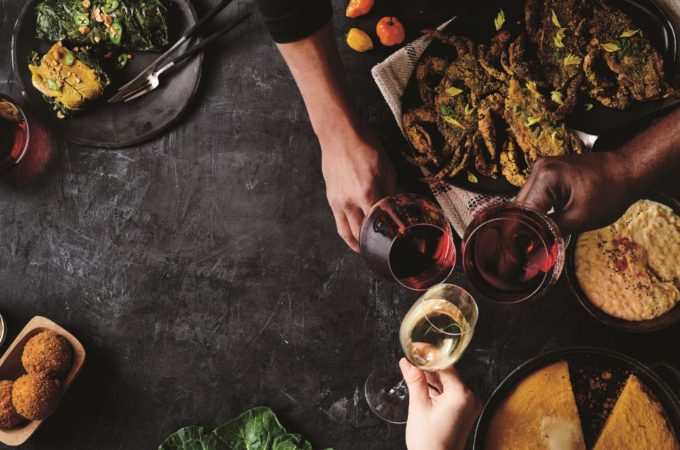As featured on Wine Express Expressions Blog

If you are like most wine collectors and consumers, you tend to be a little skeptical and even pessimistic about purchasing wines from those less than optimal vintages. And why wouldn’t you… poor wine vintages seem to be all you hear about, maybe even more so than when there is a fabulous vintage. When the growing season is cold, damp or experiences late season rain or hail, it can certainly affect the grapes grown that year. But does that mean that all wine from a less than stellar vintage is going to be subpar? Absolutely… not!
The difference is all about development. In the best of vintages, the fruit become fully concentrated in the grapes which leads to higher sugar levels. These wines will typically have a higher alcohol, as there is more sugar for the yeasts to consume during fermentation leading to the byproduct of alcohol. And because the fruit is so concentrated, they will tend to lead to denser wines. Tannins also develop more intensely leading to darker colored wines (for reds) as well as ones with a bit more backbone to them. And in those optimal vintages where there is enough of a temperature range, so the mornings and nights are much cooler than the days are, the acids will develop properly as well. In a nutshell, great vintages lead to wines with higher levels of all the structural components.
On the contrary, cool and wet vintages can lead to grapes that experience a slower, or potentially lack of, development. Fruits may not reach their full concentration levels and tannins may get stuck in sort of a ‘green’ level. Less fruit will also lead to a bit lower alcohol levels, while the acidity in can still remain high, as cooler climate wine regions are often known for their bright and refreshing high acid wines. But, just because all of these structural levels are not ramped up, does not necessarily mean that the wine it leads to will be of poor quality… it just means that it probably will not age as well as those better vintage wines will.
Don’t get me wrong, there is a lot of not so great wine from poor vintages… no doubt about it. But the better wine producers know exactly how to take the fruit that is provided from that harvest and coax out the best qualities from those grapes to craft the best wine possible from what mother nature has provided. Not only that, sometimes waiting for these fabulous wines from the best vintages to age and evolve until they reach their peak can be a little… well… exhausting. Additionally, these off vintage wines can offer a serious value to their prime vintage counterparts. There are some folks that would rather not wait to enjoy a recently purchased wine, and some that simply may not have enough time left to enjoy the results of a perfectly aged 2009 Bordeaux or 2007 Napa Cab.
I had my family over for a pre Thanksgiving meal last year, since we would not be spending the holiday together. I had a bottle of 2014 Domaine du Pegau Chateauneuf du Pape in the cellar for a few years and was waiting for a Thanksgiving bird and the right company to pop it open. 2014 was the epitome of a poor vintage, sandwiched between some fabulous ones in the Southern Rhone. But with Pegau being one of the best and most consistent CDP producers in the region, I was willing to take my chances. While the wine was certainly on the lean and delicate side, it was drinking just beautifully in its infancy! Lovely black fruits, black pepper spice and dried herb aromas gave way to this amazing marzipan and olive tamponade character on the palate with a finish that I can still taste if I think about it. The acidity kept the structure in perfect balance while the tannins were smooth as silk making a perfect pairing for the bird and all the trimmings.
Would this wine have aged much longer? Probably not without losing too much of the fruit, so we caught it right in its prime. Most importantly I was able to share it with my parents who both really enjoy a great Chateauneuf du Pape. I had no regrets about opening this wine early since it was with people who really appreciated it. That right there, is reason enough to grab some great wines from not so great vintages and open up something special with those that you love while you still can!






